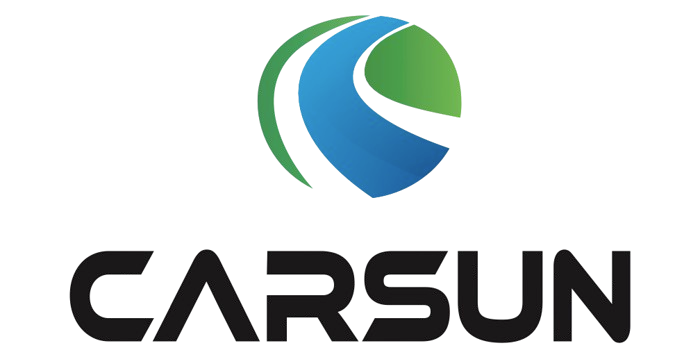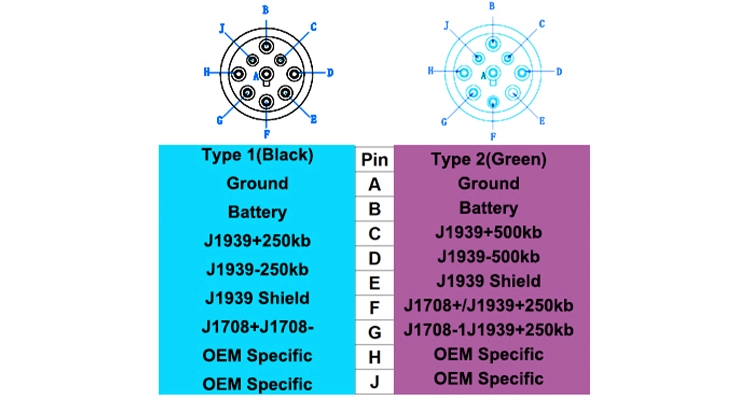Introduction to SAE J1939 Standard
The SAE J1939 protocol represents the backbone of modern heavy-duty vehicle communication systems. Developed by the Society of Automotive Engineers (SAE), this standard has become the universal language for:
- Commercial vehicle diagnostics
- Construction equipment monitoring
- Agricultural machinery data communication
- Marine propulsion systems
- Industrial power generation
At the heart of every J1939 network lies its Deutsch connectors – the critical interface that ensures reliable data transmission in harsh environments.
J1939 Connector Fundamentals
Physical Characteristics
J1939 connectors come in two distinct variants:
| Feature | Type 1 (Black) | Type 2 (Green) |
| Color | Black rubber housing | Green rubber housing |
| Keying | Standard alignment | Offset key position |
| Applications | General purpose | Safety-critical systems |
| Temperature Range | -40°C to 125°C | -40°C to 150°C |
| Vibration Resistance | 10G @ 50Hz | 15G @ 50Hz |
Technical Specifications
Both connector types share these core attributes:
- 9-pin configuration following SAE J1939-13 standard
- IP67-rated waterproof design
- Shielded CAN bus connections (pins 3 & 11)
- 24V DC power capability (pin 8)
- 500kbps data rate (CAN 2.0B compatible)
Key Differences Between Type 1 and Type 2
1. Mechanical Design
Type 1 (Black):
- Straight pin alignment
- Standard latch mechanism
- 50 mating cycle durability
Type 2 (Green):
- 15° offset key position
- Positive-lock secondary latch
- 100+ mating cycle rating
2. Electrical Performance
Type 1:
- 10A current rating
- 250V AC max voltage
- Standard EMI shielding
Type 2:
- 15A current rating
- 600V AC isolation
- Enhanced RFI/EMI protection
3. Application Environments
Type 1 Typical Uses:
- Engine control modules
- Transmission systems
- Chassis monitoring
Type 2 Preferred For:
- Brake-by-wire systems
- Steering control units
- Hybrid/electric vehicle power distribution
Industrial Applications
Heavy-Duty Vehicles
- Real-time monitoring of engine parameters (RPM, temp, pressure)
- Fleet management telematics
- Predictive maintenance systems
Special Equipment
- Construction machinery diagnostics
- Agricultural implement control
- Mining equipment monitoring
Custom Cable Solutions
Our manufacturing capabilities include:
1.J1939 Adapter Cables
- OBDII conversion harnesses
- ECU programming interfaces
- Telematics device connections
2.Specialty Assemblies
- Shielded twisted-pair configurations
- High-flex industrial-grade wiring
- Custom length solutions (0.5m – 10m)
3.Quality Assurance
- 100% continuity testing
- Hi-pot dielectric verification
- Vibration/environmental stress screening
Technical Support
For application engineering assistance:
- Email: linda@obd-cable.com
- Phone: +86-173-0716-8662
- Whatsapp: +86-173-0716-8662
“Our team can help you select the optimal J1939 connector solution for your specific voltage, current, and environmental requirements.”
FAQ Section
Q: Can Type 1 and Type 2 connectors mate together?
A: No – the different key positions prevent cross-mating to ensure system integrity.
Q: What’s the maximum cable length for J1939 networks?
A: 40 meters maximum (at 125kbps) per SAE J1939-14 specification.
Q: Are these connectors compatible with J1962 OBD ports?
A: Not directly – requires an adapter cable with proper pin mapping.
Q: How often should J1939 connectors be inspected?
A: Recommend visual inspection every 500 operating hours in harsh environments.
Conclusion
Understanding the distinction between J1939 connector types ensures proper selection for your application’s:
- Electrical demands
- Environmental challenges
- Safety requirements
- Maintenance considerations
For custom cable solutions or technical consultation, contact our engineering team today.


